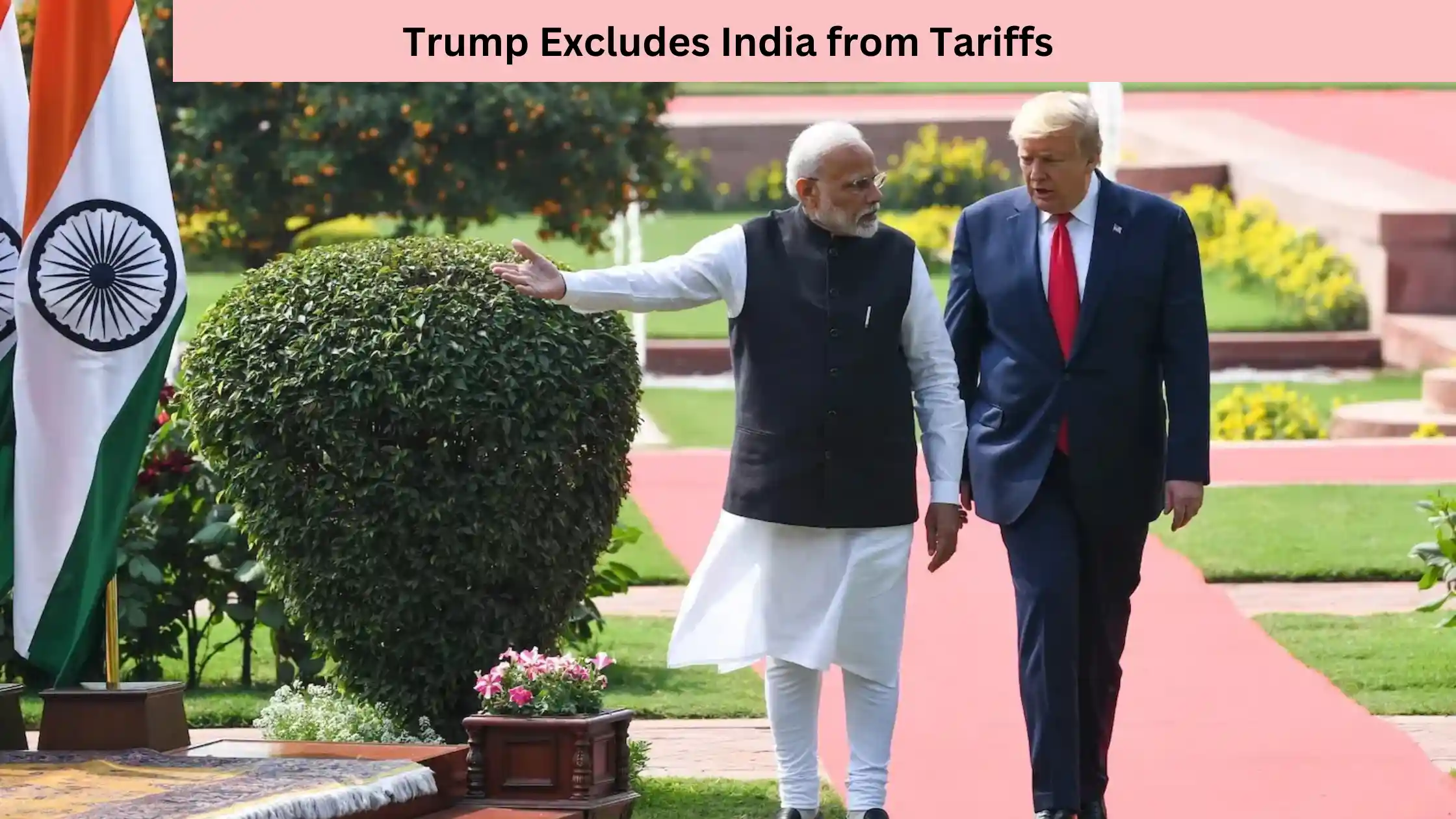US President Donald Trump announced new tariffs on Friday but did not include India. The tariffs impose a 25% duty on Mexico and Canada and a 10% duty on China. The decision is based on the countries contributing the most to the US trade deficit.
China, Mexico, and Canada are the biggest contributors to the US trade deficit—China at 30.2%, Mexico at 19%, and Canada at 14%. India, at just 3.2%, ranks ninth. Because of its lower trade deficit impact, India was not targeted in this round of tariffs, according to the Research and Information System (RIS).
During a press briefing, Trump said, “We have big deficits with all three of them. One country is sending fentanyl, which is killing thousands, while the other two are allowing it to enter. We have a $200 billion trade deficit with Canada and a $250 billion deficit with Mexico.”
A report by the Peterson Institute for International Economics on January 17 warned that US tariffs on China could shrink the US GDP by $55 billion over four years. China could lose $128 billion. Inflation in the US could rise by 20 basis points, while China’s inflation could rise by 30 basis points after an initial dip due to temporary monetary tightening.
India’s Tariff Policies
According to an Economic Survey released on Friday, India has adjusted its tariff policies to balance domestic needs and global trade rules. Tariffs vary by sector, with some protecting key industries and others ensuring access to important materials. India’s policies follow WTO rules, and efforts continue to simplify tariff structures.
Possible Benefits for India
In December, NITI Aayog CEO BVR Subrahmanyam stated that Trump’s trade policies could benefit India. Trade diversions caused by US-China tensions may open new economic opportunities for India.
Understanding Trump’s Demands: What Does He Want from India?
Trump is asking India to reduce its tariffs on American goods and to buy more products from the United States. A White House statement after a recent call between President Trump and Prime Minister Modi said that the President stressed the need for India to purchase more American-made security equipment and to work toward a fair trading relationship between the two countries.
During his first term, Trump often pointed out the high tariffs India charged on items like Harley-Davidson motorcycles to pressure the country into lowering them. In 2019, India cut the tariffs on these bikes by half, and now they are also made in India.
Ajay Srivastava, co-founder of the Global Trade Research Initiative, noted that Trump tends to highlight the highest tariff rates when he demands lower tariffs. For example, while the average tariff in the United States is about 3.3%, India’s average is 17%. Some products, such as whiskeys and wine, have tariffs as high as 150%, and cars can have tariffs up to 125%. Despite these high tariffs, India is still meeting its commitments under the World Trade Organization (WTO).
Srivastava also mentioned that Trump’s demands for tariff reductions could conflict with the agreements that countries have made in the WTO.
To Balance trade will buy more from the US?
Trade mostly happens between private companies based on business terms. The US wants India to buy more American weapons, and this might happen since India is trying to reduce its reliance on Russia. Right now, India’s top purchases from the US are petroleum crude and related products. However, India will only buy more American oil if US companies offer better deals than those from countries like the UAE and Russia.
Srivastava believes the US should look beyond the trade deficit and focus on the overall economic relationship between the two countries. India is a key market not only for traditional American industries like banking and financial services but also for tech companies such as Microsoft, Meta, and Alphabet, as well as e-commerce giants like Amazon and Walmart. In addition, social networking companies find their largest user base in India.

